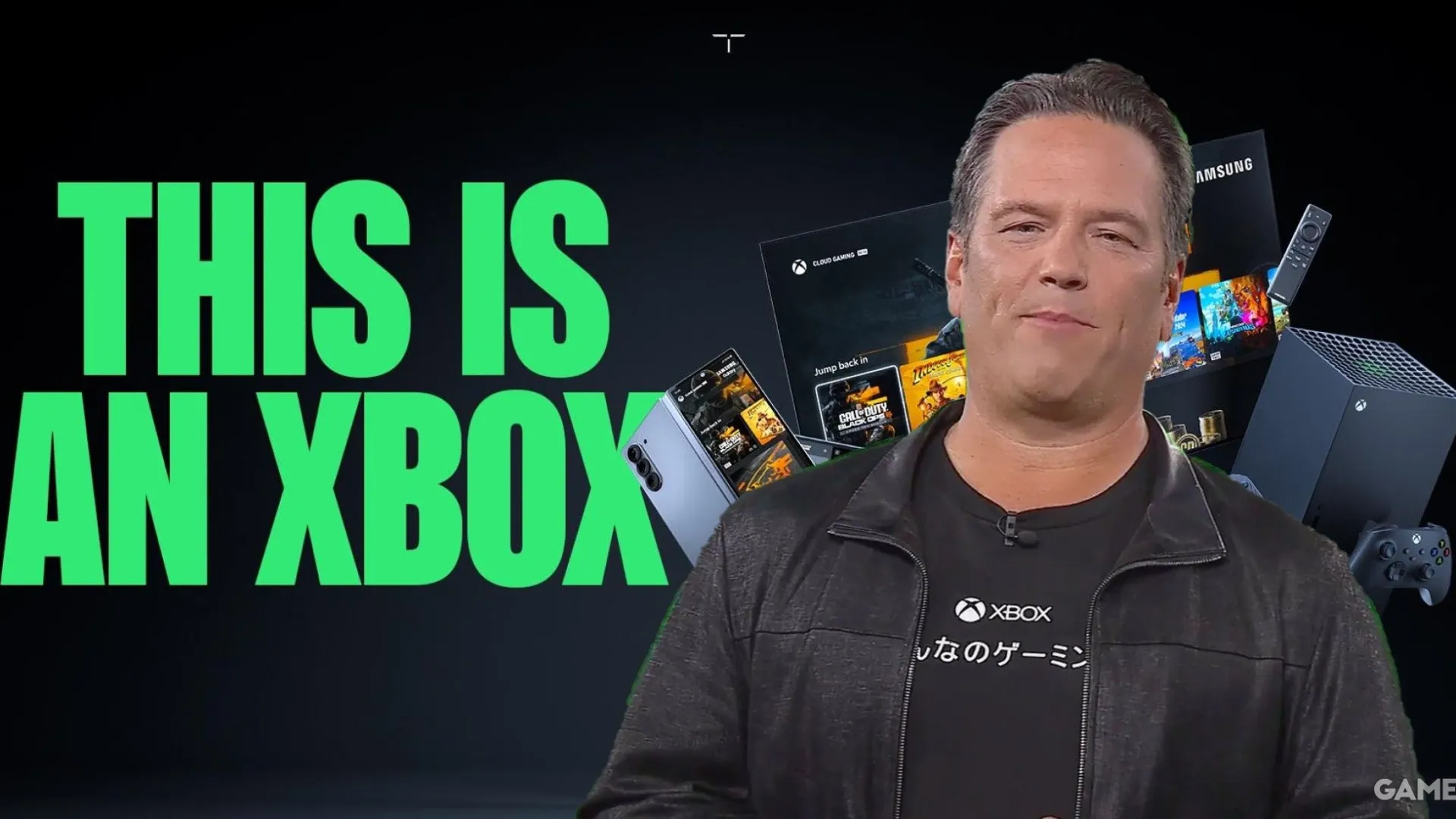Xbox shifts game strategy as Phil Spencer champions multiplatform releases
Microsoft Gaming CEO discusses the future of Xbox exclusives and their availability on other platforms.

Microsoft Gaming’s multiplatform strategy continues to evolve as CEO Phil Spencer addresses the company’s approach to releasing Xbox first-party games on competing platforms. This significant shift in Xbox’s exclusivity policy began last year and is set to expand further throughout 2025.
The initial wave of multiplatform releases included Sea of Thieves, which achieved notable success with one million copies sold on PS5, alongside Grounded, Pentiment, and Hi-Fi Rush. Microsoft has since announced that Indiana Jones and the Great Circle, Doom: The Dark Ages, and The Outer Worlds 2 will launch on PS5 in 2025, with the latter two titles available on day one.
In a recent Gamertag Radio interview, Spencer emphasized the importance of reaching broader audiences, stating that game creators universally desire to connect with as many players as possible. He explained that while other platform holders maintain traditional console exclusivity, Xbox aims to break this pattern by offering its experiences across various platforms including cloud, PC, handheld systems, and mobile devices.
Xbox Developer Direct 2025 reflects new multiplatform direction
The latest Developer Direct presentation highlighted this strategic shift, with South of Midnight standing as the sole Xbox Series X/S exclusive. The showcase marked a notable change by openly displaying “PS5” among the platform listings for upcoming titles like Doom: The Dark Ages, Clair Obscur: Expedition 33, and Ninja Gaiden 4 – a departure from previous Xbox presentations.
Industry speculation suggests that established Xbox franchises such as Halo and Gears might join the multiplatform lineup in 2025. Spencer confirmed that more Xbox first-party titles will “no doubt” appear on PlayStation, Nintendo, and Steam platforms, reinforcing the company’s commitment to this new direction as it shapes its next-generation hardware plans.